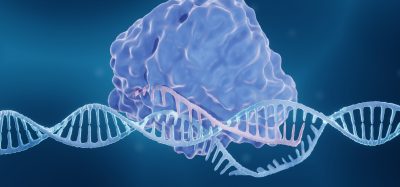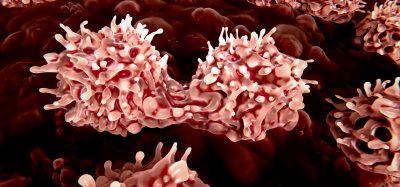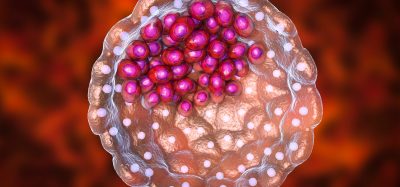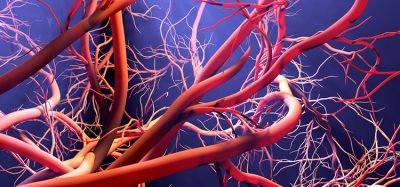An interview with James Adjaye, Heinrich Heine University
Posted: 28 October 2013 | Prof. Dr. James Adjaye
Prof. Dr. James Adjaye, Chair of Stem Cell Research and Regenerative Medicine and Director of the Institute for Stem Cell Research and Regenerative Medicine, Heinrich Heine University, talks to Drug Target Review about his research background, why he believes Drug Target Review will be a success and why he decided to join the Drug Target Review Editorial Board.

Prof. Dr. James Adjaye, Chair of Stem Cell Research and Regenerative Medicine and Director of the Institute for Stem Cell Research and Regenerative Medicine, Heinrich Heine University
Hi James. Can you explain your areas of expertise?
My areas of expertise include embryonic stem cells, induced pluripotent stem cells, gene expression, systems biology and modelling hepatogenesis and neurogenesis in vitro. I also work with comparative modelling and validation of drug-induced toxicity networks employing induced pluripotent stem cell derived hepatocyte-like cells and liver biopsy derived primary hepatocytes. The ultimate goal of my research is to validate patient-specific iPSC-derived hepatocytes as a valid substitute for animals and transformed cell lines in drug testing.
So why do you think there is a need for Drug Target Review in the industry?
The gold standard in vitro model for the study of DILI (Drug Induced Liver Injury) in human is primary culture of freshly-isolated human hepatocytes from donated liver biopsies. However, the use of primary human hepatocytes (PHH) is impeded by their limited availability, inter-donor differences, variable viability following isolation and rapid de-differentiation of the hepatocyte phenotype in culture, particularly the loss of cytochrome P450 (CYP) enzyme expression. The limited life span and phenotypic instability also limits the utility of the PHH model to short-term studies only, and compromises their use in mechanistic studies of DILI which often occurs following prolonged exposure to drugs. Immortalised cancer cell lines such as HepG2 have been used to overcome these problems as they have an infinite life span and are readily available. However, they suffer from a deficit in metabolic activity.
Induced pluripotent stem cells (iPSCs) can be generated from somatic cells of existing individuals with known genetic characteristics by the over-expression of OCT4 and SOX2 in combination with either KLF4 and c-MYC or NANOG and LIN28 We and others have shown that iPSCs can be differentiated into hepatocytes that model in vitro the patient’s genetic disease or metabolic capability, thereby adding a further dimension to existing toxicity testing platforms An iPSC-based strategy thus allows large scale studies impossible to perform on primary cell cultures or from biopsies and also enables studies on hepatocytes genetically susceptible to DILI as in vitro models with genotypic relevance for toxicology screening. Furthermore, these patient-specific iPSC-derived hepatocytes can be used for characterising a candidate drug’s metabolism and drug interaction potential.
Based on the above, I would say that the presence of Drug Target Review in the industry is long overdue. The magazine should and will provide a platform for discussing alternative cellular systems for drug testing and delivery, which is relevant to me and this is just one area of the industry. This will be the same for all areas and stages of drug discovery, allowing the dissemination of important information on drug discovery which is accessible to all.
And why do you think peer-written editorial is important for the industry?
Peer-written editorials encourage the dissemination of information at levels accepted and understood all in the industry. This will help maintain standards of quality and provide credibility. It also allows authors to avoid the lengthy process for approval involved in peer-reviewed journals. As Drug Target Review will be written by experts in the pharmaceutical industry and academia, it will be an unbiased journal with no partial information, purely based on the research of those in the industry working to discover drugs to help patients.
Finally, why did you agree to be a Board Member for Drug Target Review?
This is an ideal opportunity for me to share my knowledge and expertise on stem cell derived hepatocytes and their potential application in drug screening, target validations and studying the causes of DILI. I have previously published in European Pharmaceutical Review and I find it to be a useful and informative journal, and I believe Drug Target Review will reach the same high standards.
Related topics
Gene Testing, Hepatocytes, Stem Cells
Related organisations
Heinrich-Heine-University
Related people
Prof Dr James Adjaye






